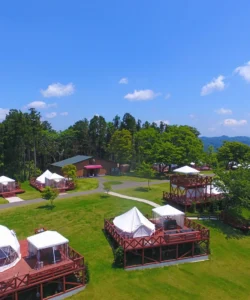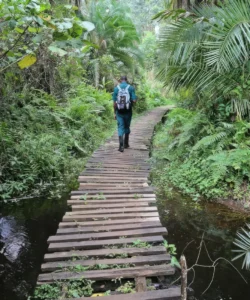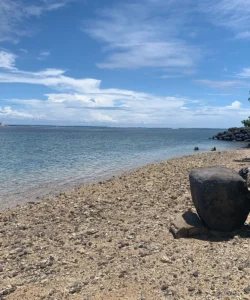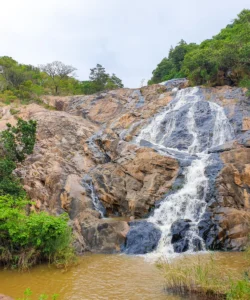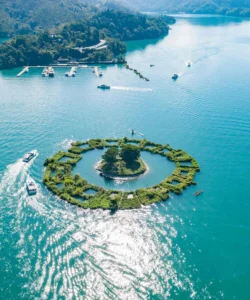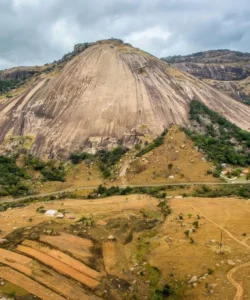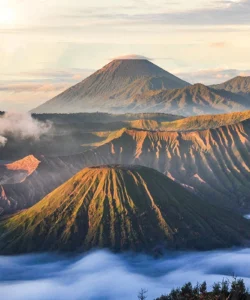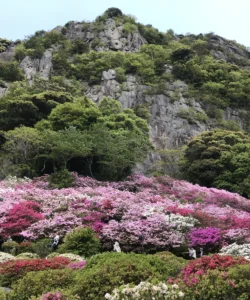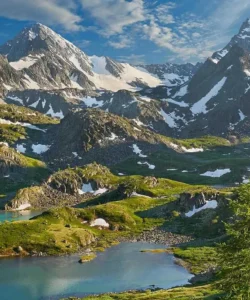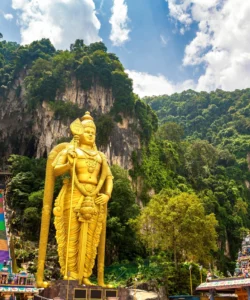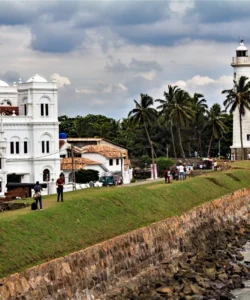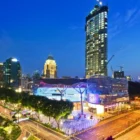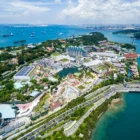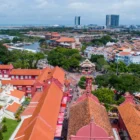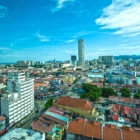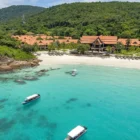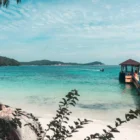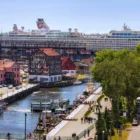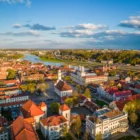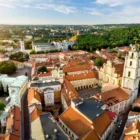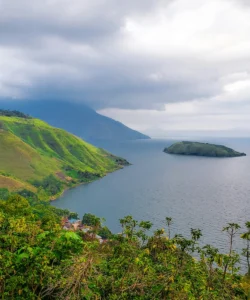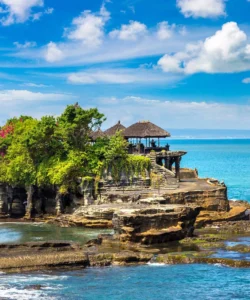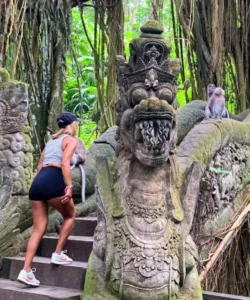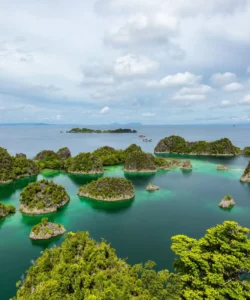Mkhaya Game Reserve, often described as Eswatini’s most exclusive and intimate safari experience, is a private wildlife sanctuary dedicated to the protection of endangered species. It offers a truly unique and immersive “back to basics” safari, focusing on conservation and close-up encounters with wildlife.
Name: Mkhaya Game Reserve
Address: Mkhaya Game Reserve is located in the lowveld wilderness of southeastern Eswatini, between the towns of Manzini and Big Bend. Its remote location is part of its charm, ensuring a secluded experience. The meeting point for visitors is typically near the town of Siphofaneni, from where you are transferred into the reserve.
How to Get There:
- By Air: The nearest international airport is King Mswati III International Airport (SHO) near Manzini. From Johannesburg (South Africa), you can fly to Manzini (about a 1-hour flight).
- By Car: Mkhaya is generally accessed by road. Most international visitors fly into O.R. Tambo International Airport (JNB) in Johannesburg, South Africa, and then drive to Eswatini (approximately 4-5 hours). Once in Eswatini, Mkhaya is about 1 hour’s drive from Manzini.
- Crucial Note: Unlike other parks, you cannot self-drive directly into Mkhaya Game Reserve. All visits require pre-booking, and you must arrive at a designated meeting point (Phuzamoya or another agreed location, usually near Siphofaneni) at specific times (typically 10:00 AM or 4:00 PM). From there, you will be met by a Mkhaya guide in an open safari vehicle who will then transport you into the reserve. This controlled access is key to the reserve’s exclusivity and security.
Landscape and Architecture:
Mkhaya’s landscape is typical of the lowveld, showcasing a beautiful mix of vegetation and natural features:
- Vegetation: The reserve is made up of acacia-dominated thornveld in the south and broadleaf sandveld in the north. It features dense bush, open plains, and areas of pristine riverine forest along its dry riverbeds and drainage lines.
- Waterholes: Scattered waterholes are vital, attracting a variety of wildlife, especially during the dry season.
- Stone Camp: The primary accommodation, Stone Camp, is one of Mkhaya’s most distinctive architectural features. It is built along the banks of a dry riverbed, nestled amongst tall trees like fig, leadwood, sausage, and the namesake knobthorn (“mkhaya”) trees.
- “Back to Nature” Design: The cottages (“rondavels”) are constructed from locally sourced dolerite rocks and feature semi-open designs with half walls and tall thatched roofs. This unique style offers a truly immersive bush experience, allowing guests to hear and feel the sounds of the African night, as the units are open to the external bush.
- No Electricity: Emphasizing its authentic bush feel, Stone Camp operates without electricity. Lighting is provided by paraffin lanterns and a central campfire, creating a romantic and peaceful ambiance.
- Privacy: Each of the twelve units is individually laid out within the riverine forest, ensuring privacy.
What Makes It Famous:
- Rhino Conservation Success: Mkhaya is internationally renowned as a leading sanctuary for both black and white rhinos. It offers some of the best and most intimate rhino viewing experiences in Africa, including the exhilarating opportunity to track rhinos on foot with expert guides – a rare and incredibly impactful encounter. This success is due to its highly effective anti-poaching unit, staffed entirely by local Swazis.
- Endangered Species Haven: Beyond rhinos, Mkhaya plays a critical role in conserving other endangered and rare species. It is the only place in Eswatini where you can see Cape buffalo, sable antelope, roan antelope, Livingstone’s eland, and tsessebe. It also protects Eswatini’s last indigenous Nguni cattle.
- Exclusive and Intimate Safari: Mkhaya offers an incredibly personal and uncrowded safari experience. All activities are guided, and visitor numbers are strictly limited, ensuring quality encounters with wildlife. There are no self-drives allowed within the park for general visitors, emphasizing the guided, immersive approach.
- Unique Accommodation: Stone Camp’s rustic, open-air, electricity-free design provides an authentic and deeply connected bush experience that stands out from typical safari lodges.
- Walks with Wildlife: The ability to participate in guided bush walks through areas inhabited by non-dangerous game, and especially the rhino tracking on foot, is a major draw.
- Full Immersion: The park’s ethos is about connecting visitors directly with nature and conservation. Dining under the stars and falling asleep to the sounds of the bush are integral parts of the experience.
Differences from Some Other Wonders:
- No Self-Drive, All Guided: Unlike many larger national parks (like Kruger or parts of Hlane), Mkhaya strictly prohibits self-driving within the reserve. All game drives and activities are conducted by experienced park rangers in open vehicles or on foot. This ensures high-quality sightings, expert interpretation, and enhanced safety for both animals and visitors.
- Absence of Big Predators (Lions/Leopards): While it’s home to rhino, elephant, and buffalo, Mkhaya generally does not have large populations of lions or leopards in the main visitor areas. This intentional absence allows for the unique and highly popular guided walking safaris among animals that would typically be too dangerous to approach on foot.
- Strong Conservation Focus: Mkhaya’s primary mission is the active conservation and rehabilitation of endangered species, rather than just tourism. Visitor revenues directly fund its highly successful anti-poaching efforts and breeding programs. This direct link between tourism and conservation is very evident.
- Intimate Scale: Mkhaya is a private reserve and feels much smaller and more intimate than vast national parks. This allows for more focused wildlife tracking and less time spent driving between sightings.
- “Back to Basics” Luxury: The accommodation at Stone Camp is luxurious in its unique blend of comfort and raw nature (e.g., open-air bathrooms, no electricity), offering a distinct alternative to the more conventional, often heavily electrified, luxury safari lodges found elsewhere.
- Emphasis on Rare Antelope: Mkhaya is a key location for seeing rare antelope species like sable, roan, and tsessebe, which are not commonly found in such numbers or with such ease in many other reserves.

















